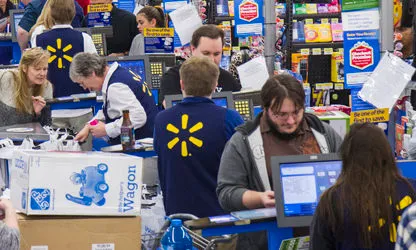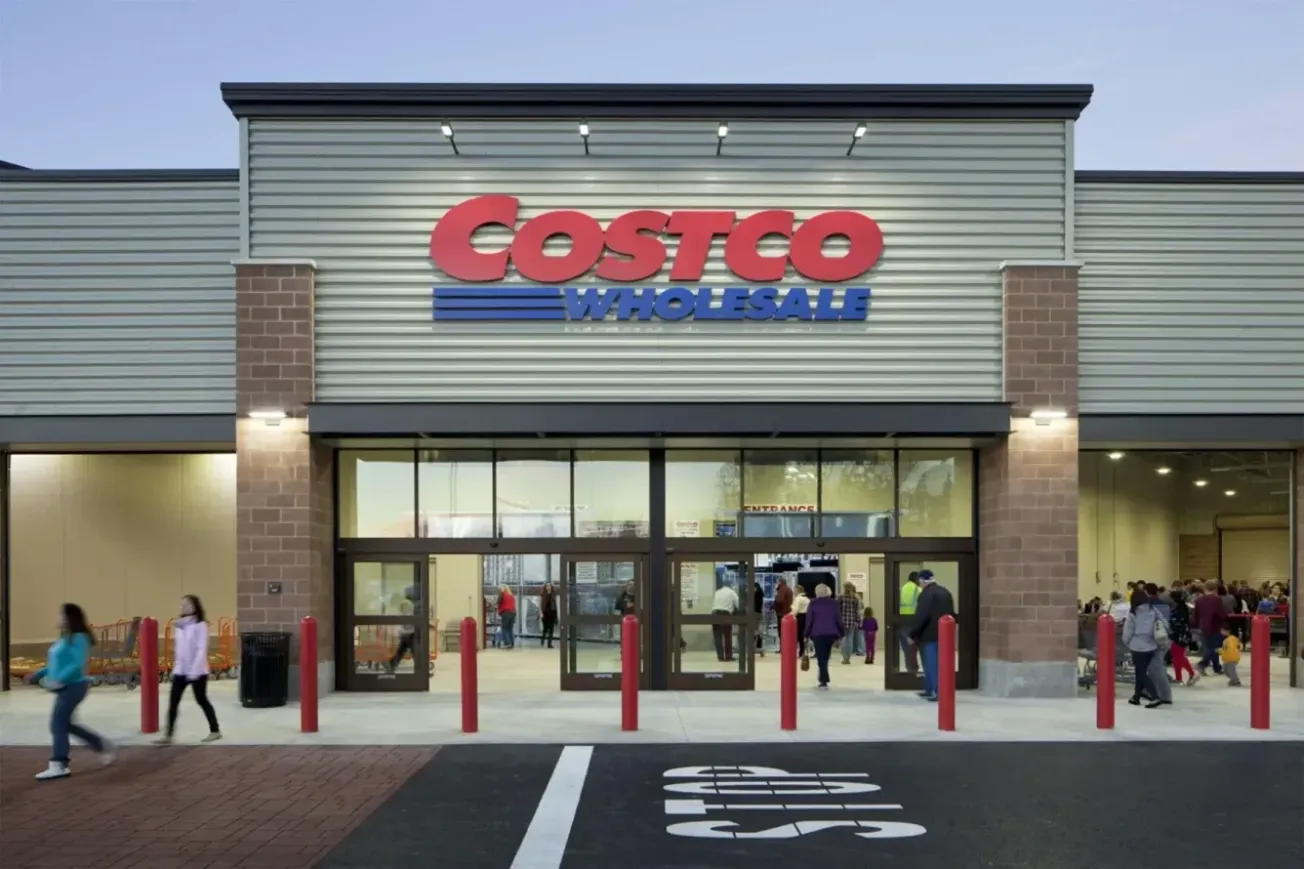The recent holiday season turned out to be a pretty merry one for retailers, preliminary figures suggest. And while consumers are shifting more of their shopping to online venues, they also continue to flock to brick-and-mortar stores, and even once again proved willing to fight the crowds to take advantage of Black Friday deals.
 That outcome seemed less certain before Thanksgiving, when some forecasts predicted that Black Friday might not survive as a major retail sales event. Why should consumers with access to year-round sales and discounts online crowd into retail stores to look for bargains on the day after Thanksgiving?
That outcome seemed less certain before Thanksgiving, when some forecasts predicted that Black Friday might not survive as a major retail sales event. Why should consumers with access to year-round sales and discounts online crowd into retail stores to look for bargains on the day after Thanksgiving?
In late October, in fact, JDA Software Group Inc. reported that its second annual consumer survey found that 73% of respondents said they prefer to do their holiday shopping outside of the holiday season, taking advantage of e-commerce sales like Amazon Prime Day. And 47% of respondents said they planned to skip Black Friday or Cyber Monday altogether this year.
But it turns out that Black Friday remains a popular shopping day for consumers, whether they are shopping online or in stores. According to the annual Thanksgiving weekend results survey released by the National Retail Federation and Prosper Insights & Analytics, more than 154 million consumers were projected to shop over Thanksgiving weekend, up from 151 million shoppers in 2015. The survey found that 44% of those consumers went online and 40% shopped in-store. Black Friday was the most popular shopping day of the Thanksgiving holiday weekend, accounting for 74% of online shoppers and 75% of in-store shoppers that weekend.
The location-based analytics firm ShopperTrak, meanwhile, found that store visits on Black Friday this year were essentially even compared to 2015. Brian Field, ShopperTrak’s senior director of advisory services, noted that Black Friday traffic this year benefitted from the fact that fewer retailers were open on Thanksgiving day.
“Overall, the message is positive,” Field said, “as the data indicates that Black Friday is still a meaningful day for retail and should not be counted out.”
Still, it is clear that consumer shopping behavior is changing. People increasingly have fast internet connections in their homes, and no longer have to wait to go to into their offices on Cyber Monday in order to shop online. And while many consumers still enjoy shopping in physical stores, the convenience of being able to shop via computer or phone can be hard to beat.
The challenge for retailers is to stay ahead of the inevitable changes in consumer shopping behavior, so they can marshal their resources accordingly.
Forecasts and surveys can provide clues as to how (and how fast) consumer preferences are changing, but those insights will inevitably be imperfect.
In a post on the National Retail Federation’s website, NRF chief economist Jack Kleinhenz said that economic forecasting is by its nature an inexact science.
“Even if the data were perfect, economics is the study of human behavior,” Kleinhenz wrote. “And humans are far from predictable. Unlike the physical sciences, economics deals with human actions, plans, motivations, preferences and so on, none of which can be easily quantified. Even if there were techniques to quantify these factors, behavior can change — tastes are often influenced by new products, events or other criteria, and data that seemed valuable one moment can become useless the next.”
But it is worth trying. Kleinhenz concluded his blog post: “Still, it’s better to have a plan — a forecast with its mix of art and science — to be able to understand the path ahead and increase the odds of reaching your desired destination.”






